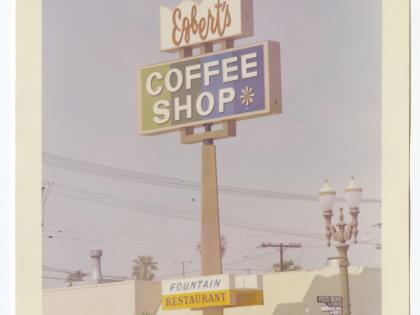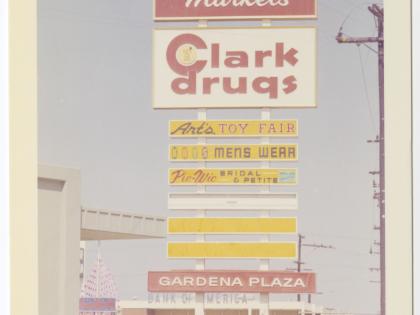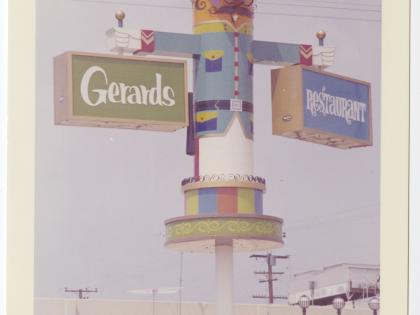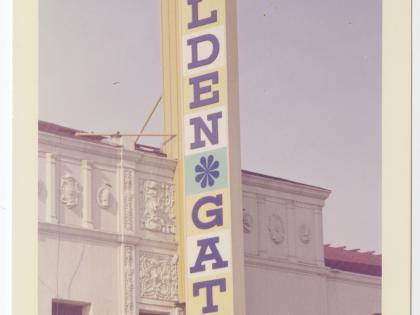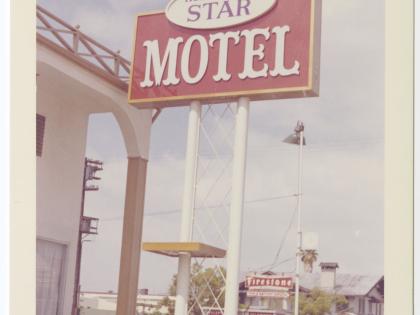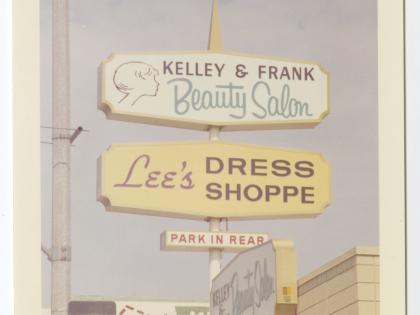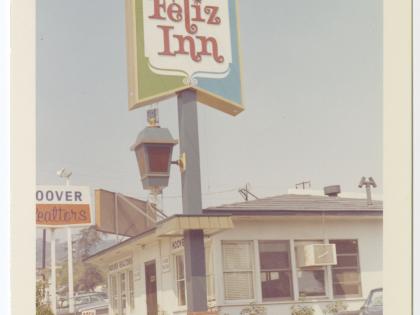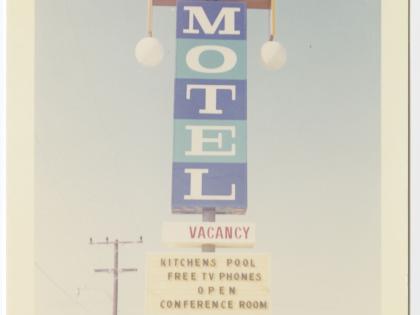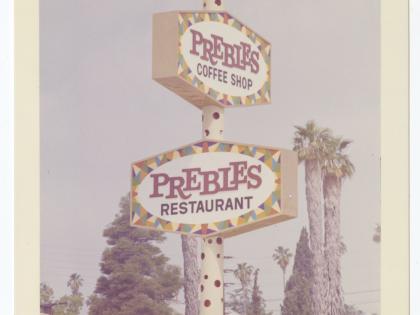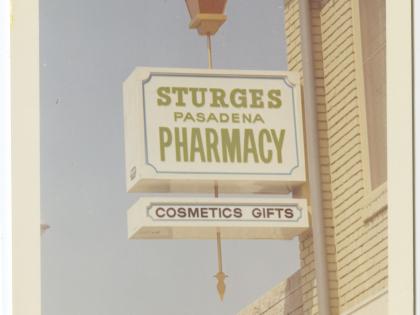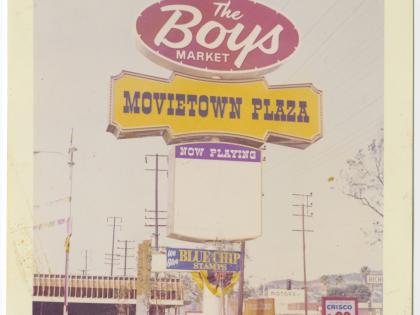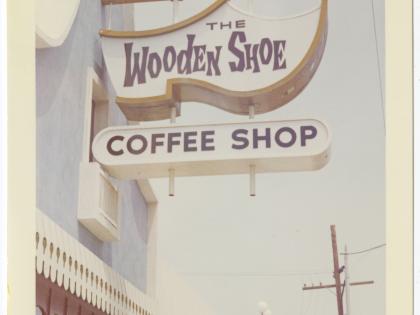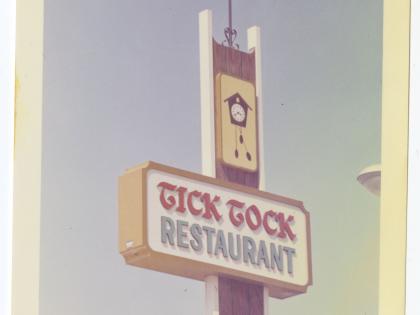Contact Information
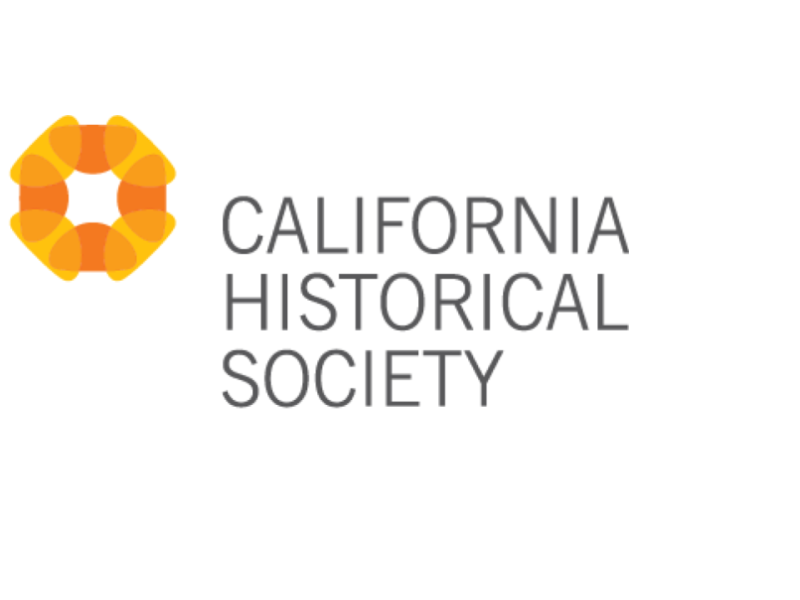
California Historical Society
California Historical Society
678 Mission Street
San Francisco, CA. 94105
Access and Management
Access
Please note: The North Baker Research Library is currently closed while staff focus on some long-overdue collections maintenance. Please check our website for updates as well as to view our online exhibitions, and our Digital Library, https://digitallibrary.californiahistoricalsociety.org/object/root
For further information, please email info@calhist.org.
Management
The California Historical Society collects materials of enduring historical and cultural value in support of its mission to inspire and empower Californians to make the past a meaningful part of their contemporary lives. In our North Baker Research Library, we hold some fifty thousand books and pamphlets, four thousand manuscript collections, half a million photographs, as well as ephemera, periodicals, posters, maps and more. For Los Angeles and the surrounding area we have nearly 23,000 photographs from the Title Insurance and Trust Company (TICOR) and the Los Angeles Area Chamber of Commerce (LAACC) housed and managed for CHS by the Regional History Center at the University of Southern California and viewable through the USC Digital Library (digitallibrary.usc.edu). Documenting development of the Los Angeles region from 1860 to 1960, the TICOR collection includes the work of many prominent local photographers, including C. C. Pierce. The LAACC collection includes promotional images in addition to depicting the growth of the city and the transportation system. Besides these two important collections and other photographs, Southern California is represented by printed books and pamphlets, maps, periodicals, and ephemera.
The California Historical Society is a participant in the LAAS and ONE Archives Hidden Histories project.
Agriculture and Industry: Selections from the California Historical Society's Photography Collections
This selection of images, spanning the years 1870 through to the 1940s, highlights the important roles of agriculture, industry, and immigration in Southern California’s growth and development. The arrival of the railroads in the 1870s and 1880s touched off population booms, but it was in the decades that followed that economic expansion and infrastructure building took place. On the abundant available land, citrus and other produce industries flourished even as the region lacked other resources, such as water, fuel, and a deep-water harbor. Construction of oil wells, an aqueduct, and the world’s largest human-made port enabled rapid growth.
From the docks to the valleys, this selection of photographs shows women and men of a range of ethnicities laboring in fields and factories—underscoring how the region’s economy was built on the backs of workers.
Promoting the Dream: Selections from the California Historical Society’s Ephemera Collections
e·phem·er·a: things that exist or are used or enjoyed for only a short time.
The California Historical Society has large holdings of ephemera related to the City of Los Angeles and Los Angeles County dating back to the mid-1800s. Examples include colorfully illustrated advertisements and promotional materials from enterprises large and small in a range of industries that speak to an optimistic, thoroughly modern early-twentieth century Los Angeles. The California mythos is especially evident in a selection of wine, beer, and spirit labels from the Kemble Collections on Western Printing and Publishing. Designed during the terrible privation and unrest of the Great Depression for the Southern California producers of mass manufactured, highly alcoholic wines and liquors, the labels invoked deliciously unrealistic fantasies of peace, plenty, and the high-class life.
Signs of the Times: Mid-Twentieth Century Snapshots of Business Signs
“Signs are like archeological layers that reveal different periods of human occupancy and use,” writes Michael J. Auer in a report for the National Park Service about the importance of preserving historic signs. The way signs are designed and built, and the technologies they use, reflect not only the trends but also the values of their place and time. Commercial vernacular architecture in mid-twentieth-century Los Angeles was dominated by car culture. These color snapshots, taken between 1955 and 1972, document kitschy roadside signs designed to communicate boldly to passing drivers. Motels, coffee shops, drugstores, real estate offices, and more vied for attention using playful colors, shapes, and fonts. These colorful beacons expressed optimism in modernity and technology through moving and light-up elements. The prevalence of the signs corresponded with the wide availability of color film—the perfect medium to capture their (now faded) vibrancy. These selections come from the California Historical Society’s collection of business sign photography.
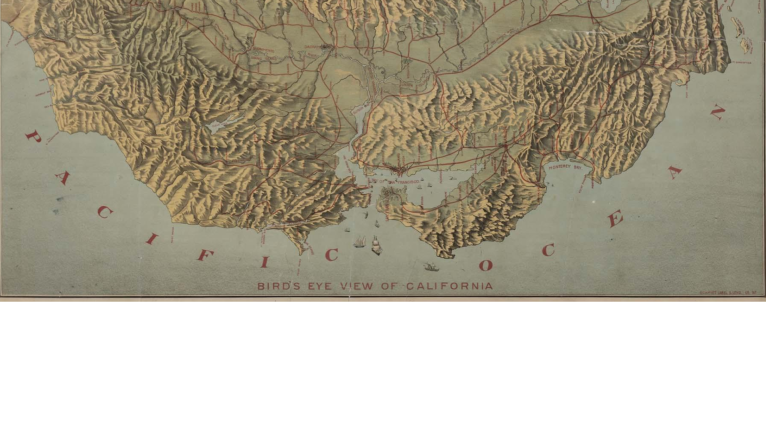

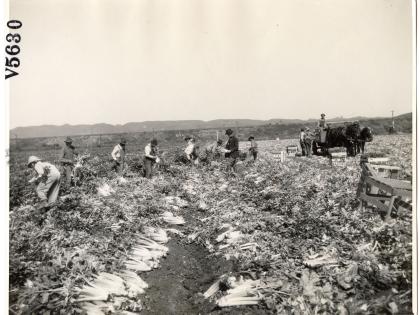
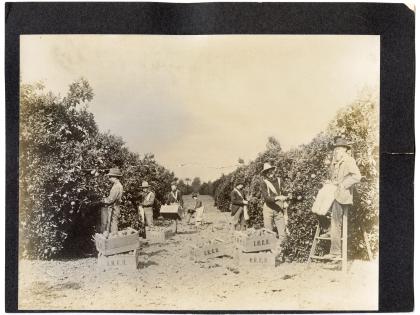
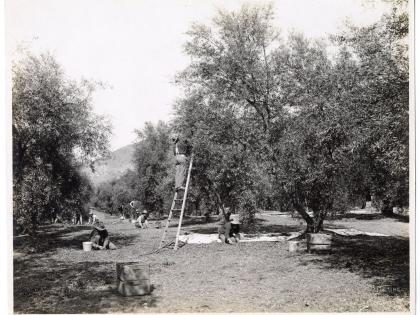
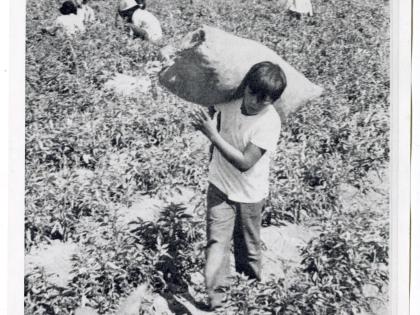
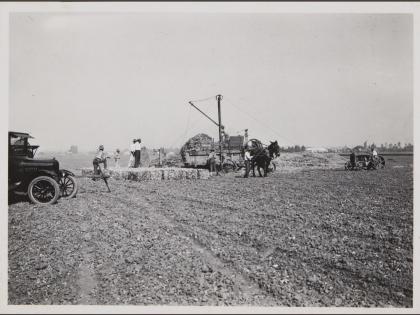
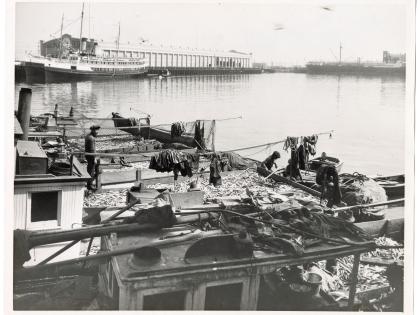
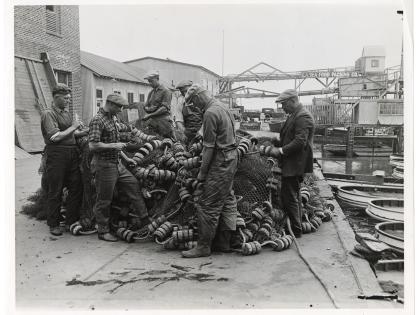
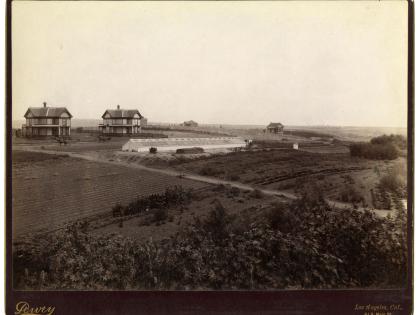
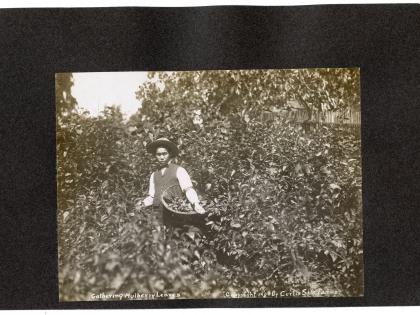

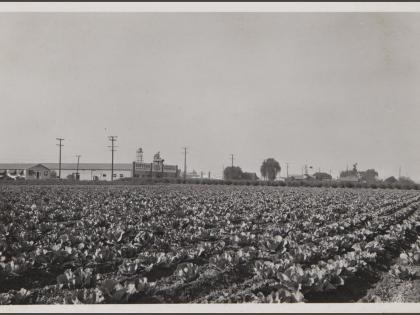
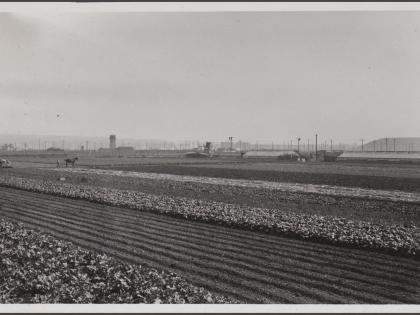
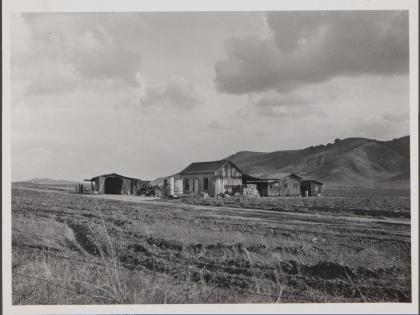
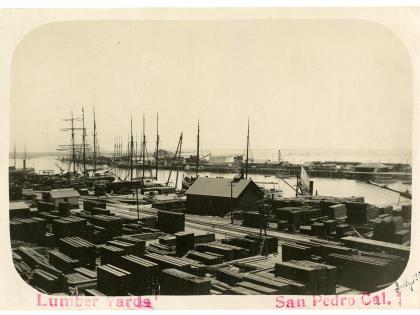
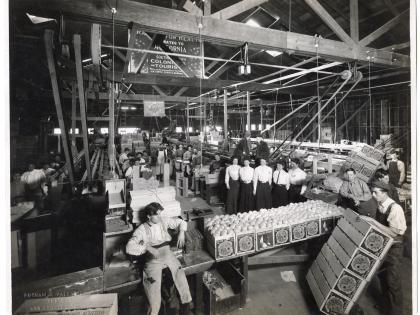
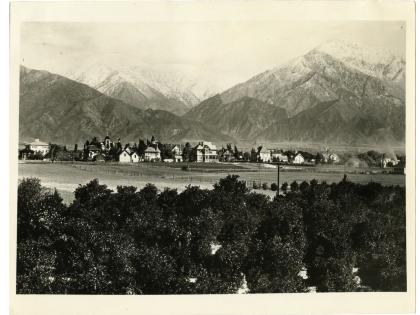
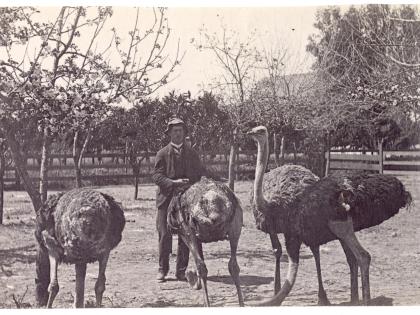
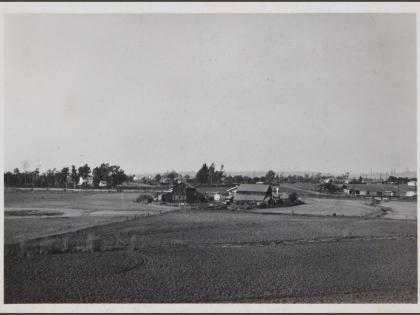
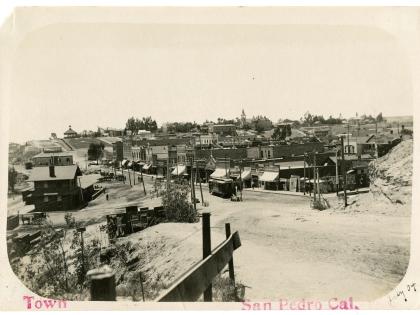
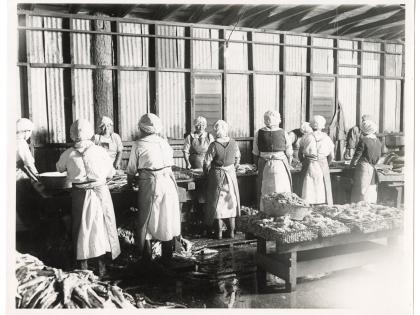
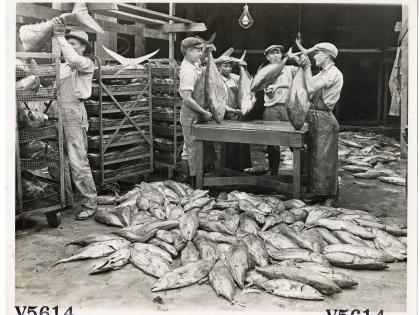
![Advertisement, Auditorium Hotel, Los Angeles [cover], California Business Ephemera Collection](https://laassubject.org/sites/default/files/styles/4_3_small/public/2021/04/01/cal_business_ephemera_advertisement_auditorium_hotel_los_angeles_cover_california_business_ephemera_collection_chs2013.1318.jpg?itok=EEYutqHe)
![Advertisement, Baltimore Hotel, Los Angeles [cover], California Business Ephemera Collection](https://laassubject.org/sites/default/files/styles/4_3_small/public/2021/04/01/cal_business_ephemera_advertisement_baltimore_hotel_los_angeles_cover_california_business_ephemera_collection_chs2013.1315.jpg?itok=T4JGu58o)
![Advertisement, Gates Hotel, Los Angeles [cover], California Business Ephemera Collection](https://laassubject.org/sites/default/files/styles/4_3_small/public/2021/04/01/cal_business_ephemera_advertisement_gates_hotel_los_angeles_cover_california_business_ephemera_collection_chs2013.1316.jpg?itok=oC3ZlLIB)
![Nurseryman, Los Angeles [cover], California Business Ephemera Collection](https://laassubject.org/sites/default/files/styles/4_3_small/public/2021/04/01/cal_business_ephemera_nurseryman_los_angeles_cover_california_business_ephemera_collection_chs2013.1326_a.jpg?itok=_kN6p3VG)
![Program, Los Angeles Theatre, Los Angeles [cover], California Business Ephemera Collection](https://laassubject.org/sites/default/files/styles/4_3_small/public/2021/04/01/cal_business_ephemera_program_los_angeles_theatre_los_angeles_cover_california_business_ephemera_collection_chs2013.1312.jpg?itok=a5wQOjuD)
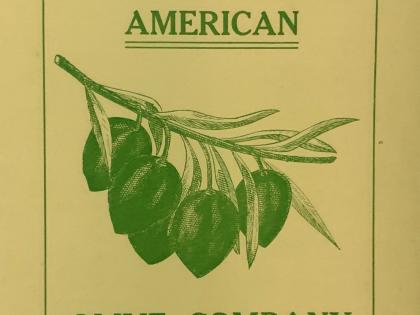
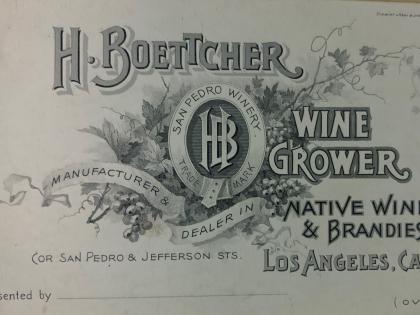
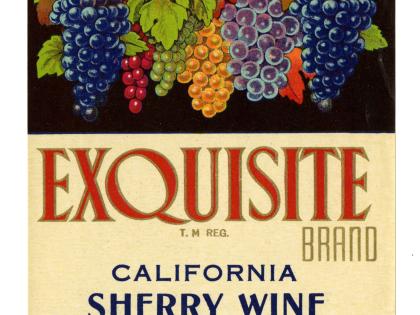
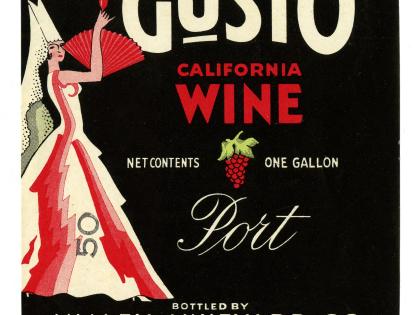
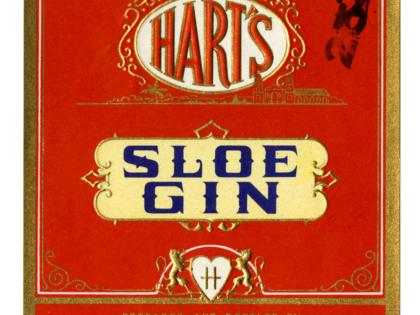
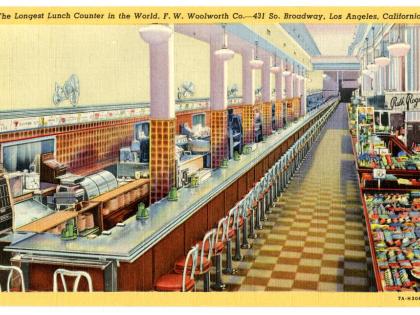


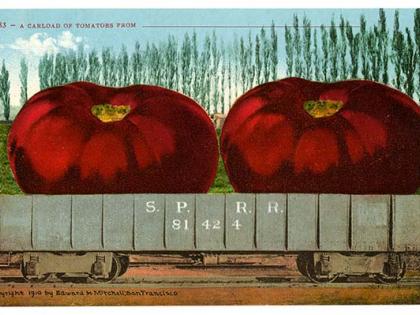
![Booklet, Los Angeles To-day, city and county [cover], Pub. by Los Angeles Chamber of Commerce, 1926, California Ephemera Collection](https://laassubject.org/sites/default/files/styles/4_3_small/public/2021/04/01/booklet_los_angeles_to-day_city_and_county_cover_pub._by_los_angeles_chamber_of_commerce_1926_california_ephemera_collection-los_angeles_0.jpg?itok=6muJCVWk)

